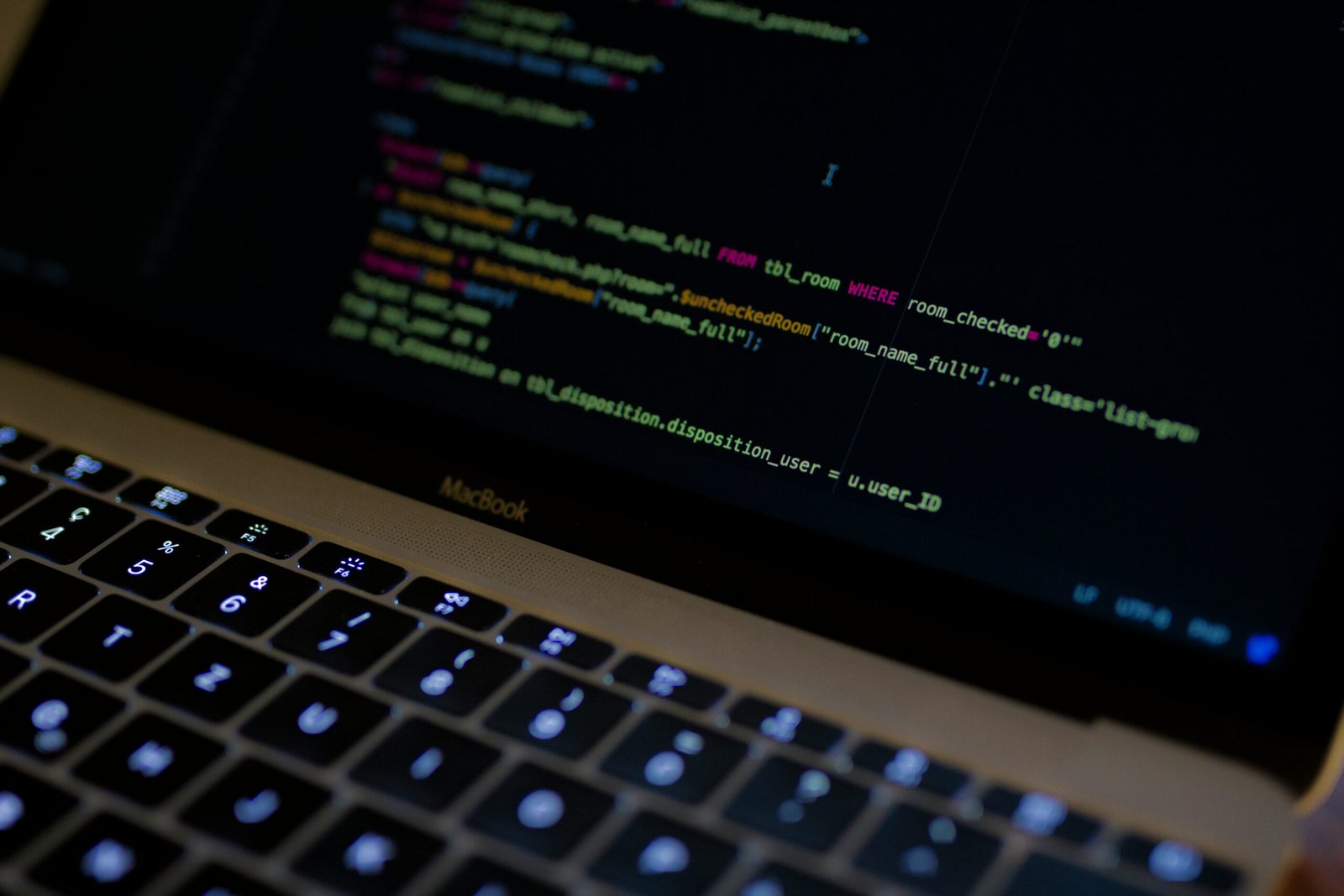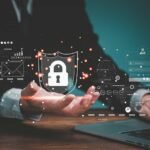Monitoring and Auditing
/ /
In today’s dynamic and evolving cybersecurity landscape, organizations face a multitude of threats that can compromise their data and systems. Monitoring and auditing play a crucial role in maintaining a strong security posture and ensuring compliance with industry regulations. In this blog post, we delve into the importance of monitoring and auditing, discussing their benefits, best practices, and their role in safeguarding security and maintaining regulatory compliance.
- Understanding Monitoring and Auditing: Explain the concepts of monitoring and auditing in the context of cybersecurity. Discuss how monitoring involves the continuous observation and analysis of system activities, while auditing involves the systematic review and evaluation of security controls and processes. Address their complementary roles in identifying security incidents, detecting anomalies, and assessing compliance.
- Benefits of Monitoring and Auditing: Highlight the benefits organizations can gain from effective monitoring and auditing practices. Discuss how proactive monitoring enables early detection and response to security incidents, reducing the impact of breaches. Address how auditing ensures compliance with industry standards, regulatory requirements, and internal policies, thus protecting organizational reputation and avoiding penalties.
- Continuous Monitoring: Discuss the importance of continuous monitoring in today’s threat landscape. Address how continuous monitoring provides real-time visibility into network activities, systems, and applications. Highlight the benefits of monitoring for detecting and mitigating security vulnerabilities, unauthorized access attempts, and potential data breaches.
- Log Monitoring and Analysis: Emphasize the significance of log monitoring and analysis in detecting security incidents and identifying anomalies. Discuss the collection and analysis of system logs, network logs, and security event logs. Address the role of Security Information and Event Management (SIEM) solutions and log management tools in aggregating and correlating logs for effective analysis.
- Intrusion Detection and Prevention Systems (IDS/IPS): Discuss the importance of deploying intrusion detection and prevention systems (IDS/IPS) as part of monitoring efforts. Address how IDS/IPS systems monitor network traffic, detect suspicious activities, and provide alerts or take action to block potential threats. Highlight the importance of fine-tuning and regularly updating these systems to enhance their effectiveness.
- Vulnerability Management: Explain how monitoring and auditing contribute to vulnerability management. Discuss the importance of conducting regular vulnerability assessments and scanning systems for weaknesses. Address how monitoring and auditing enable organizations to identify vulnerabilities, prioritize remediation efforts, and track the effectiveness of mitigation measures.
- Compliance Auditing: Address the significance of compliance auditing in ensuring adherence to industry regulations and standards. Discuss how audits evaluate security controls, policies, and processes to verify compliance with frameworks such as PCI DSS, HIPAA, or GDPR. Highlight the importance of regular audits to identify gaps, remediate issues, and demonstrate a commitment to security and privacy.
- Incident Response and Forensics: Discuss the role of monitoring and auditing in incident response and forensic investigations. Address how monitoring provides real-time alerts, enabling timely incident response and mitigation. Explain how auditing supports post-incident investigations by providing detailed logs and evidence to identify the root cause of incidents and strengthen defenses for the future.
Posted in Blogs































